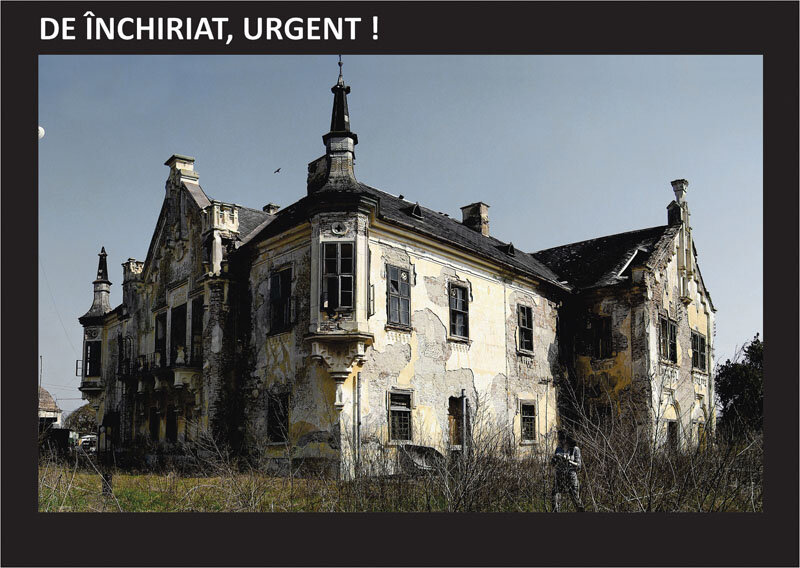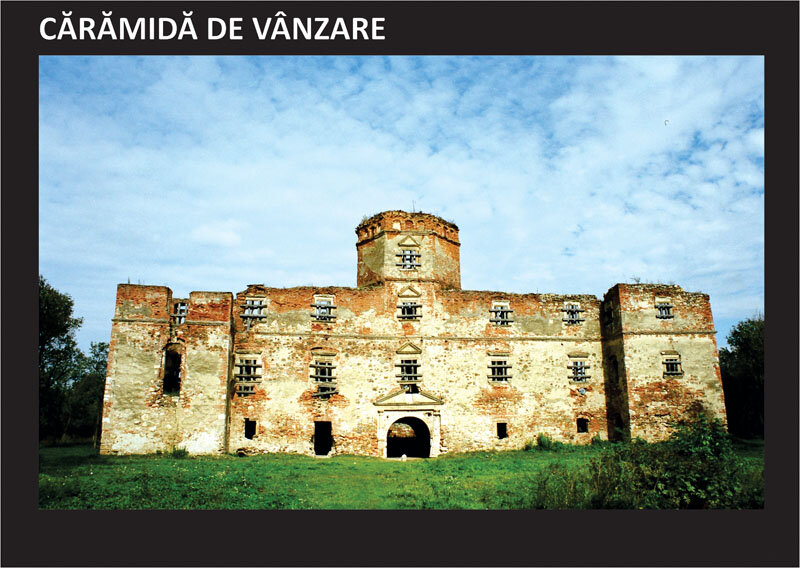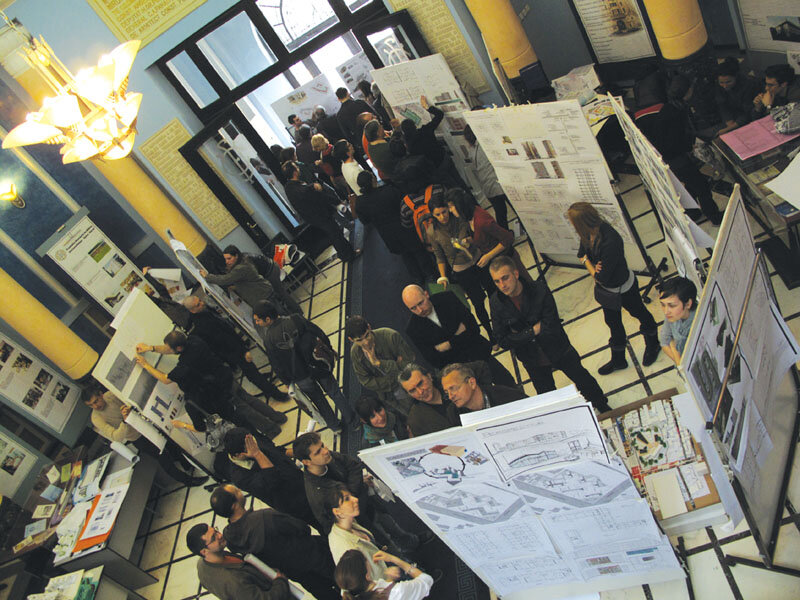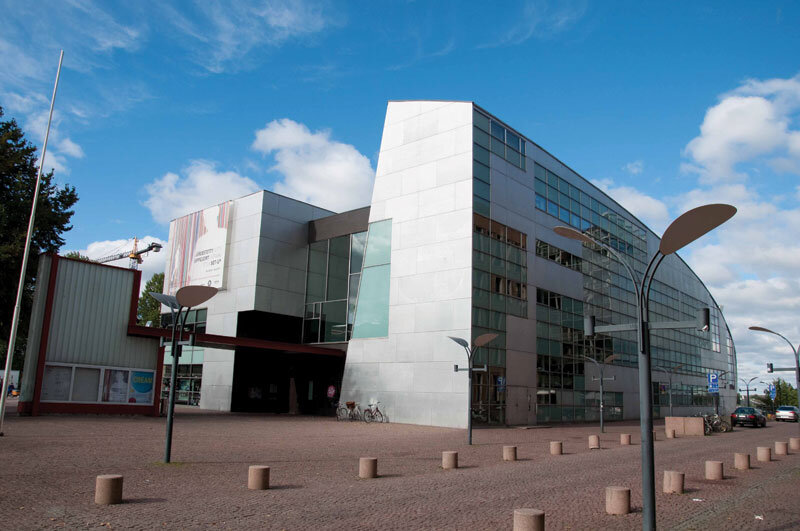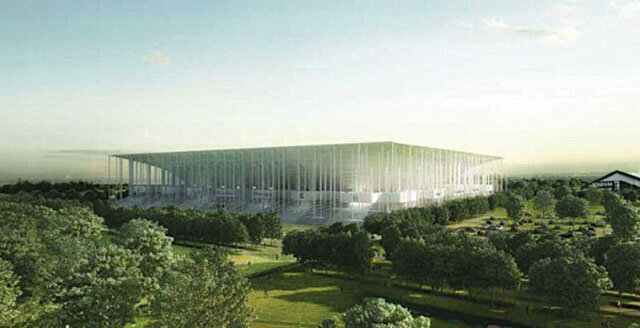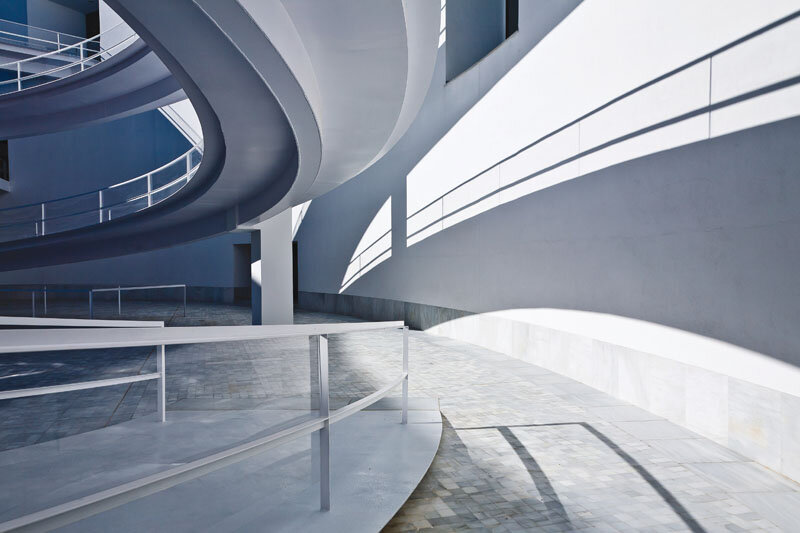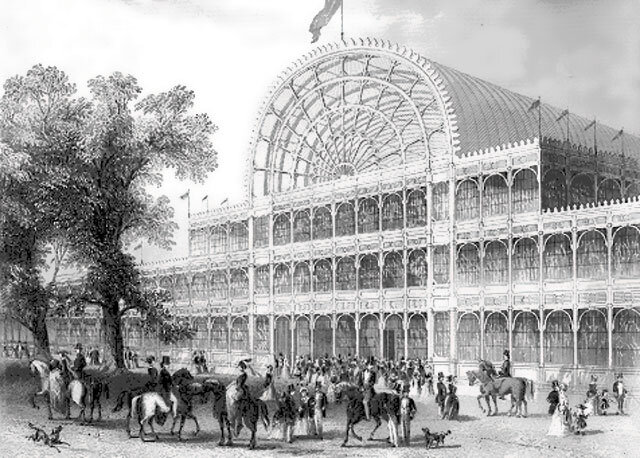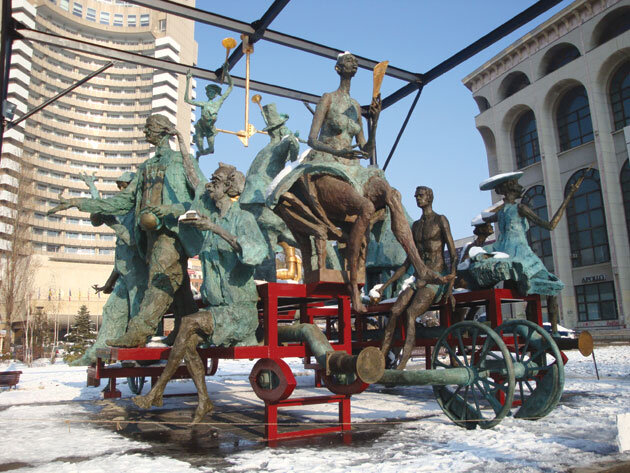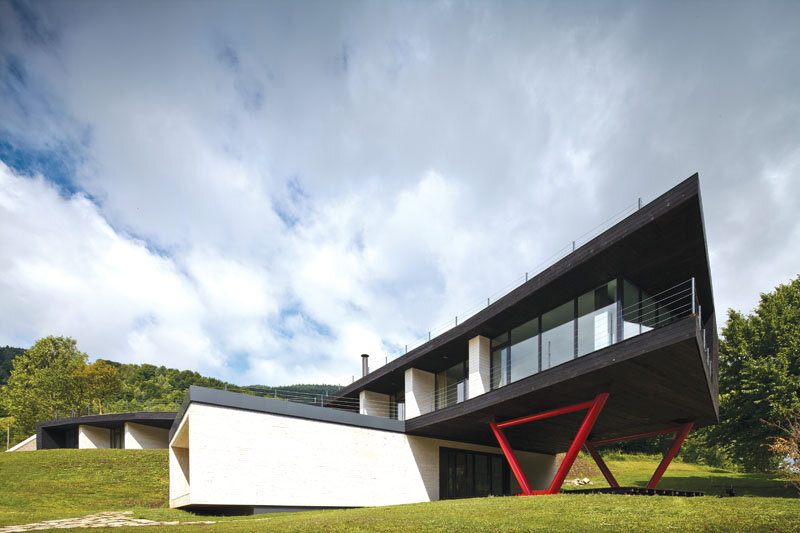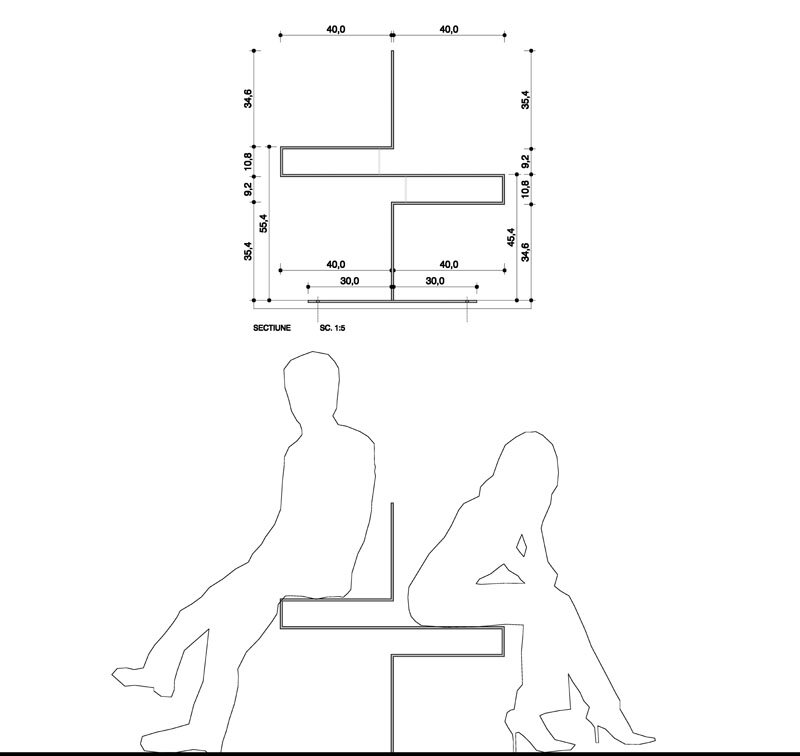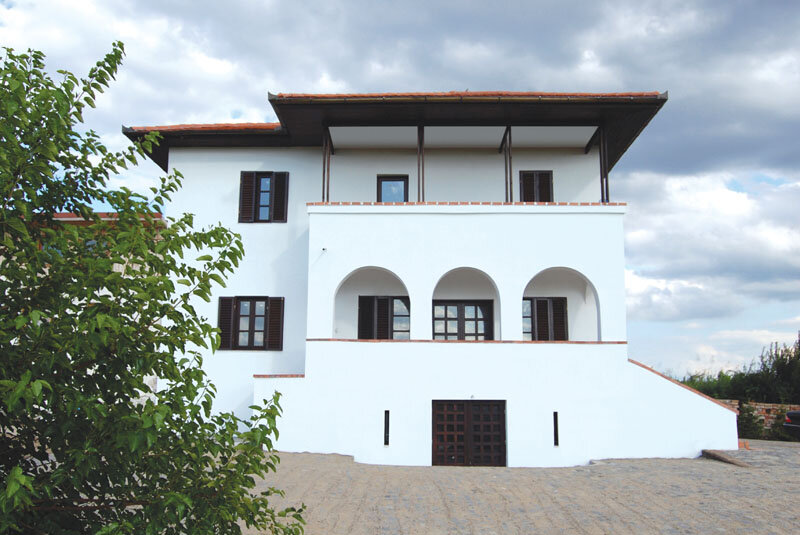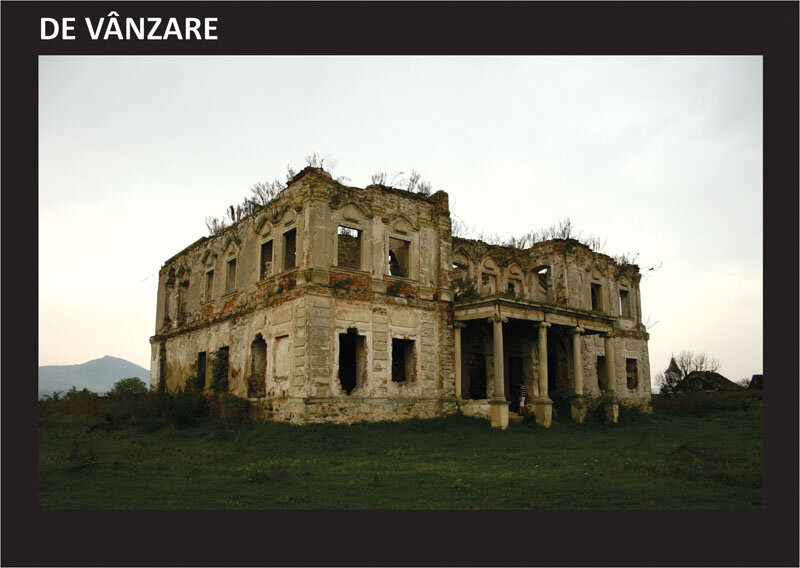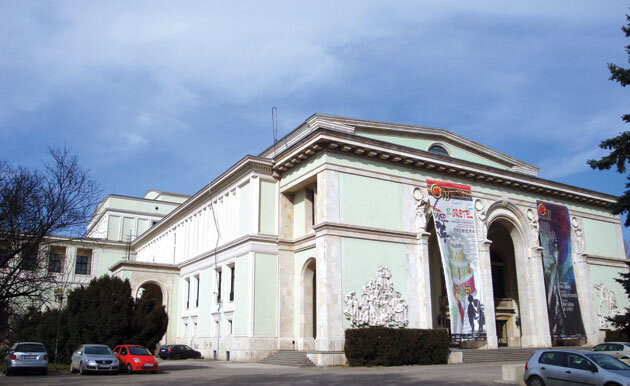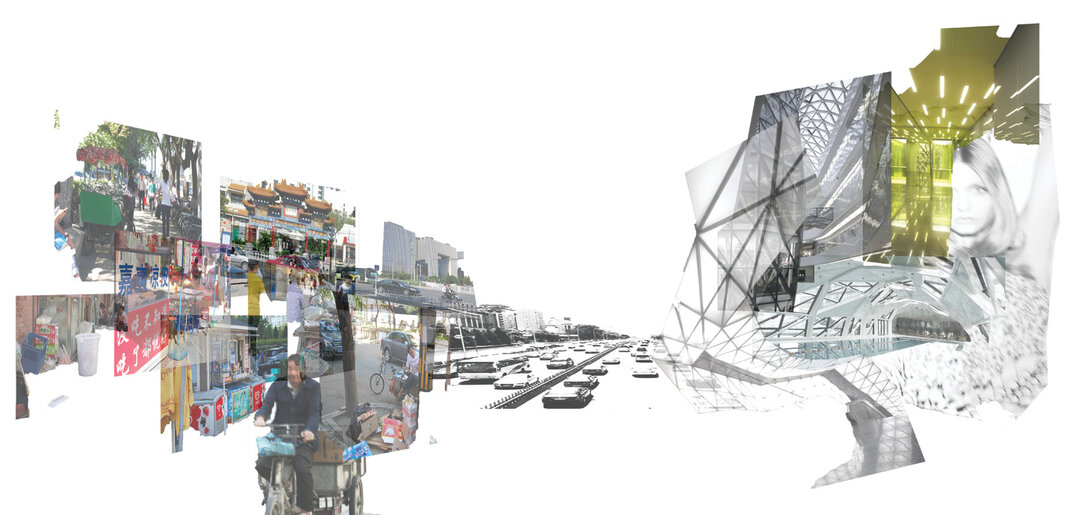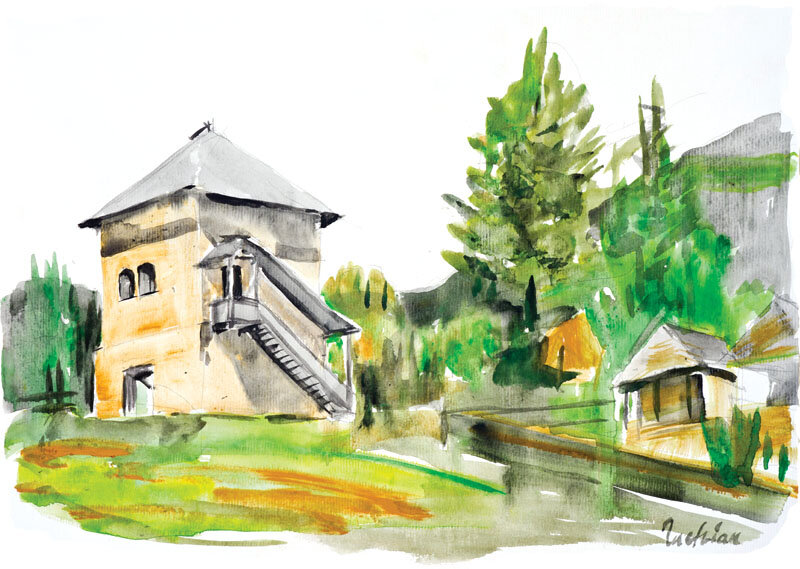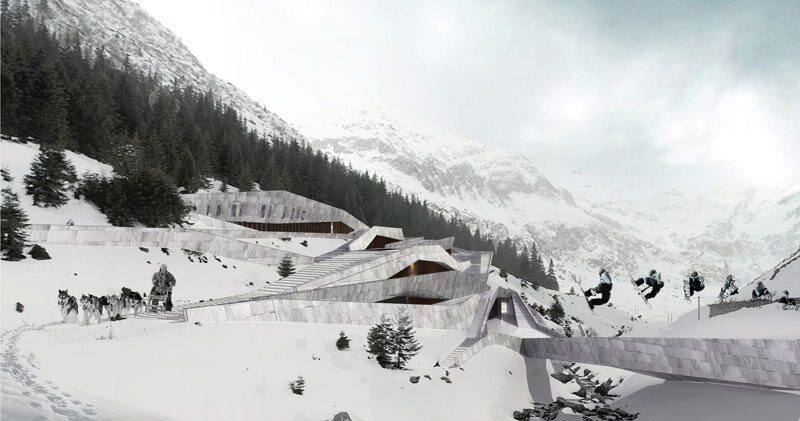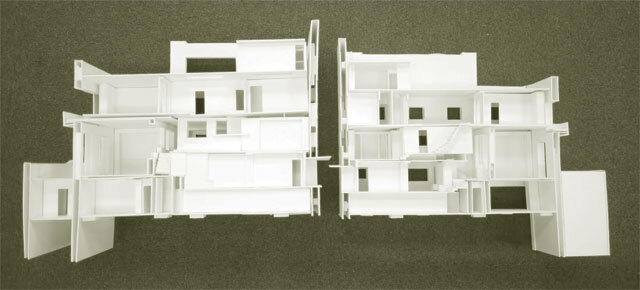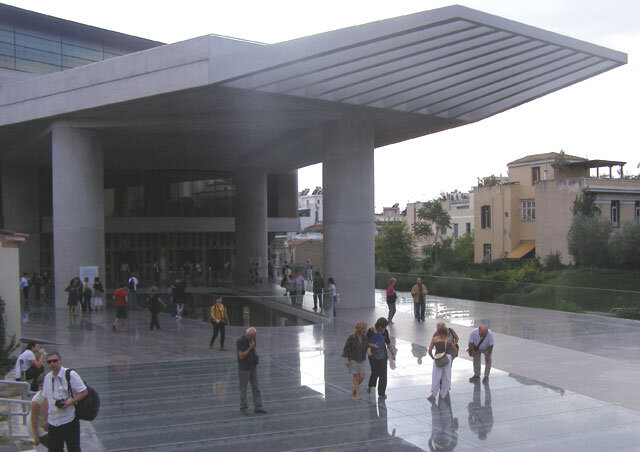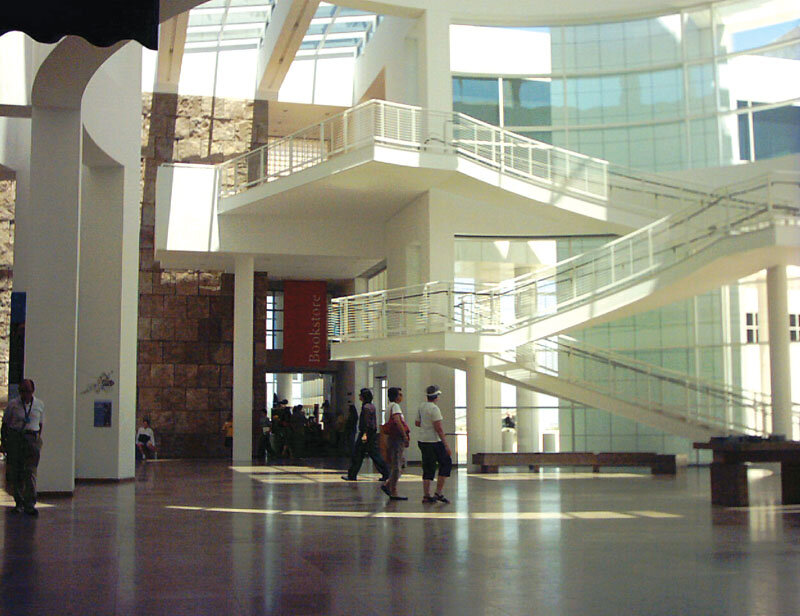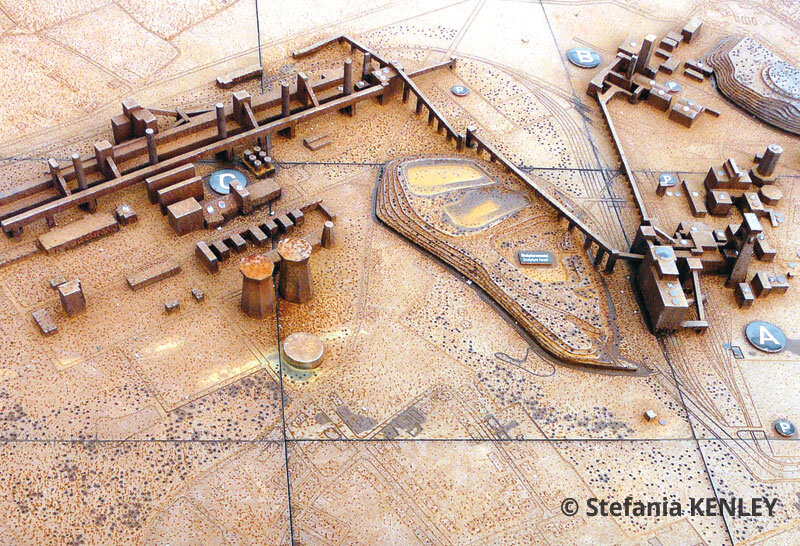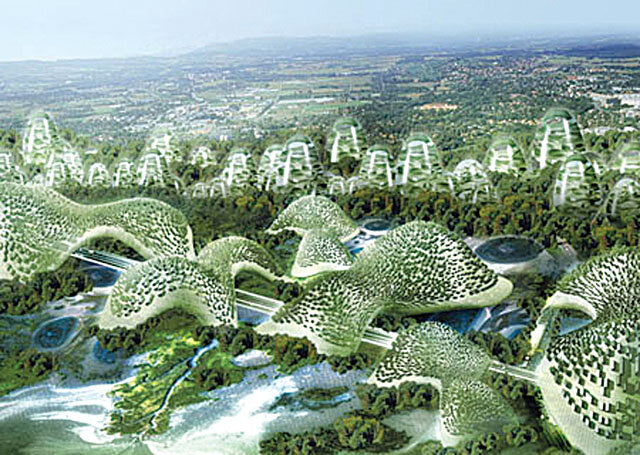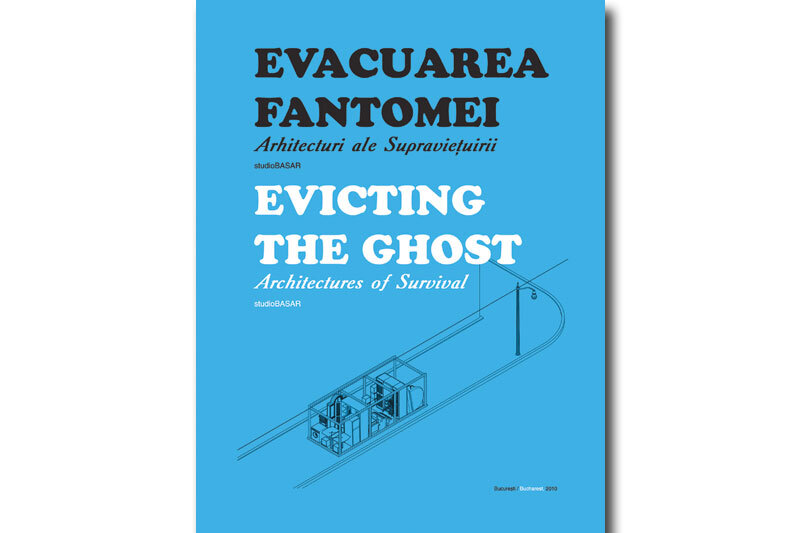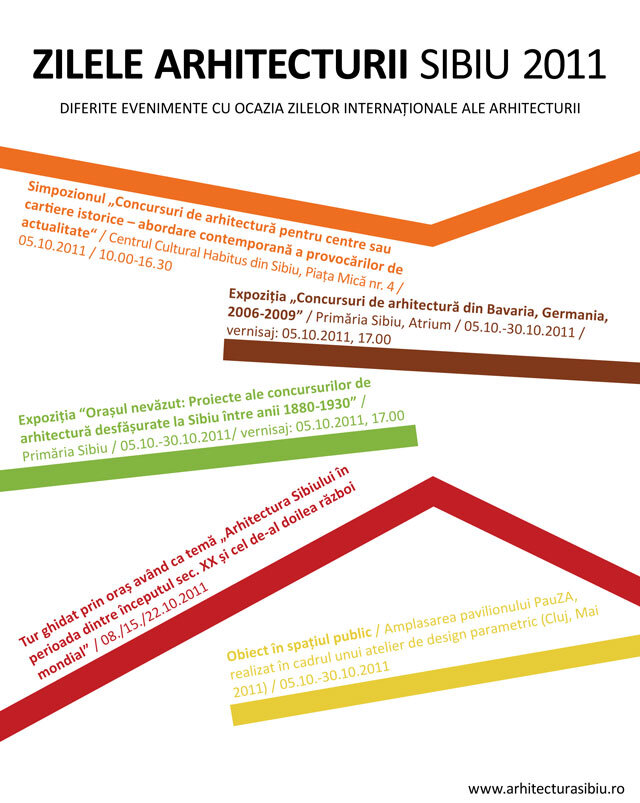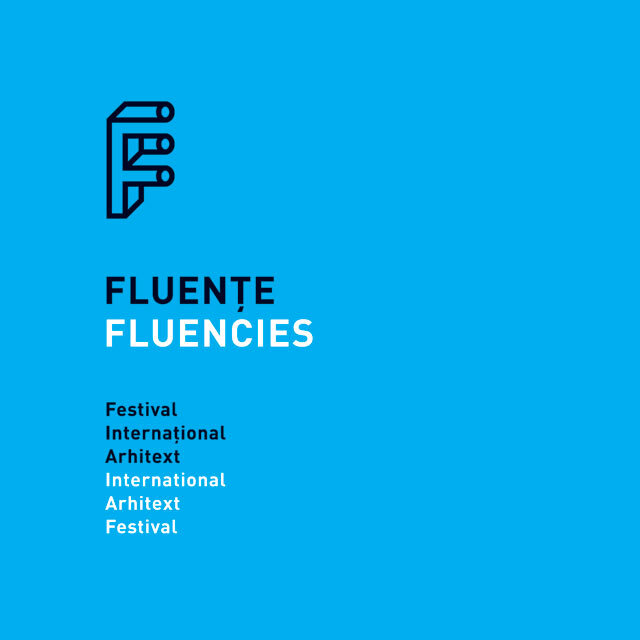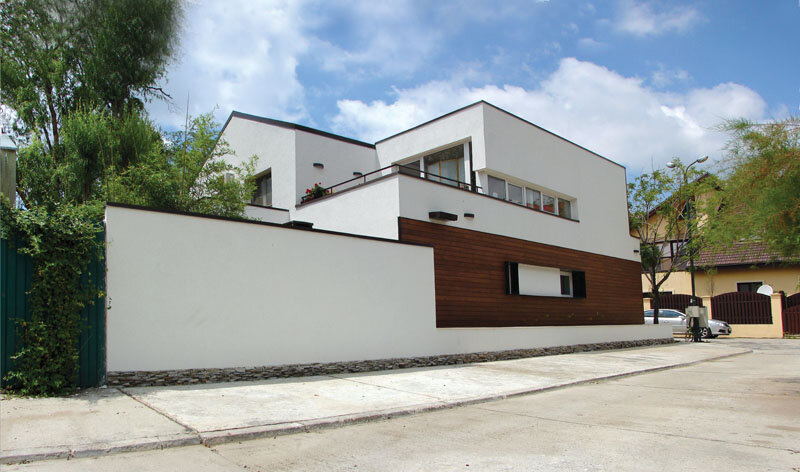
Forgotten Monuments. Memory in project
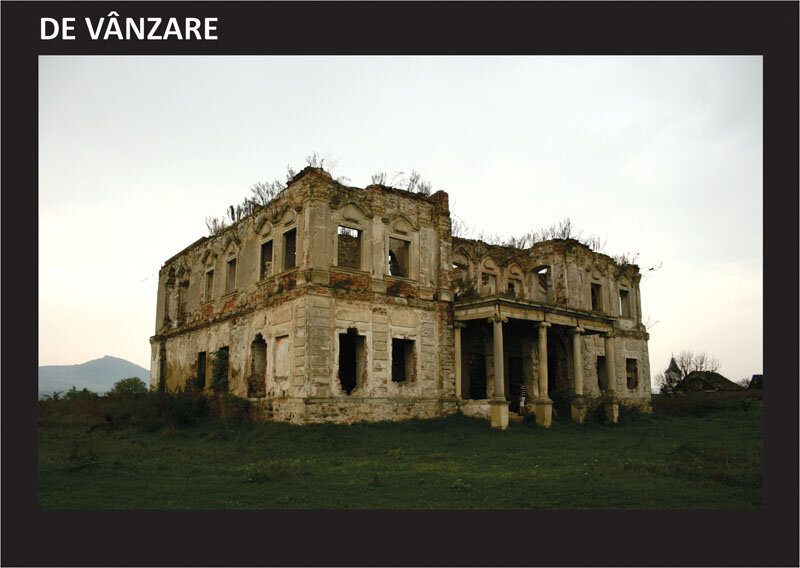
September is Heritage Month in Europe, which is the reason to present the project moNUmenteUITATE, which aims both to create an archive with images and information about the extra-urban noble ensembles in Transylvania, Banat, Crișana and Maramureș, and to bring these historical monuments, now forgotten, to the public's attention.
What are extra-urban noble ensembles?
Numbering over 300 architectural objects: castles, courts and palaces, the extra-urban noble ensembles form a special category of historical monuments (like the culelories of Oltenia or the churches of Moldavia). Located in the intra-Carpathian area, they are specific to the Austro-Hungarian Empire. In Transylvania, the construction of noble residences took off in the 16th and 17th centuries, at a time when the nobility was forbidden to build in towns. As a result, the nobles built vast fortified complexes in the Renaissance style on their estates in the countryside, both for habitation and defense. When the Habsburgs occupied Transylvania in the following century, new complexes were built or the old ones were modified to correspond to the ideals of the time: non-fortified palaces in the Baroque style. A final phase of intervention on these complexes took place in the 19th century, when the buildings were refurbished in eclectic, classicist or romantic styles.
What makes up an extra-urban noble ensemble?
The noble estate included a residence, annexes, park and/or garden. The annexes could include servants' quarters, a kitchen (separate from the dwelling to prevent fires), a bakery, stables with or without a stable, granaries and other storage areas. In the case of the old noble ensembles, the dwelling and annexes were surrounded by fortified walls. Sometimes the complex also had a chapel, which could be separate or incorporated into the dwelling. From the 19th century, the family crypt was also located on the estate.
What is the value of extra-urban noble ensembles? Being among the oldest examples of Western European secular architecture in Romania, they are of particular historical and artistic value. Moreover, in their case, the Renaissance, the Baroque and all the other artistic trends that followed in the 19th and early 20th centuries are interpreted in a local manner, which gives them a particular cultural and identity value, giving character and specificity to the area in which they are located. All these values can be converted into tourist, economic and social values.
How did they get where they are today?
The beginning of the 20th century and the entry of Transylvania, Banat, Crișana and Maramureș into the Greater Romania led to changes in the status of the extra-urban noble estates, some of which were bought by families from the Old Kingdom. The turning point was the end of the fourth decade, when they were expropriated and refunctionalized as: C.A.P.s, schools, kindergartens, hospitals, etc. After 1989, these buildings were abandoned, losing their usefulness and are still in disrepair due to their uncertain legal regime.
What is the rehabilitation of a noble estate?
The disappearance of the nobility has left these centers of local power devoid of meaning, which is why today they need new functions that generate identity and well-being for both the owner and the community. Rehabilitating a noble complex is not cheap, so the new function must guarantee the amortization of the investment and the economic survival of the building after restoration. Furthermore, any new function must respect the historical and artistic particularities of the building, its historical and cultural context and the surrounding landscape.
The first step in rehabilitating a noble ensemble involves conceptualizing a strategy for integrating the monument into the economic and community life of the area, and then carrying out an architectural project. In addition, the restoration of the ensemble itself must necessarily take into account the authenticity of the design, materials and construction techniques.
Are there examples of successfully restored noble ensembles?
Successes come from private investment, for example the Bánffy Palace in Bonțida, jud. Cluj, which was granted a concession in 2001 by the Transylvania Trust Foundation and is currently being consolidated and restored. At the same time as restoration work, specialized courses in restoration are being organized in Bonțida. The ensemble is open to the public for conferences, events, Bonțida Days, etc. Other examples are the Apafi Palace in Mălâncrav, jud. Sibiu, restored by the Mihai Eminescu Trust and transformed into a guest house, and the Kalnoky Palace in Micloșoara, currently being restored by the Kalnoky Conservation Trust.
moNUMENTEd
The project is led by dr. prof. prof. arch. Anca Brătuleanu, the team is composed of Anca Majaru and Cristina Chira (students at the University of Architecture and Urbanism "Ion Mincu" in Bucharest), Irina Leca (student at the Art History Department of the Faculty of History, University of Bucharest) and Alexandra Stoica (2010 graduate of the University of Architecture and Urbanism "Ion Mincu").
So far, the moNUmenteUITATE project has been promoted through photography exhibitions in collaboration with Cărturești Bookstores, the most recent of which could be seen in Bucharest, Brasov, Cluj and Timisoara.
Photo: Cristina Chira, Anca Majaru

